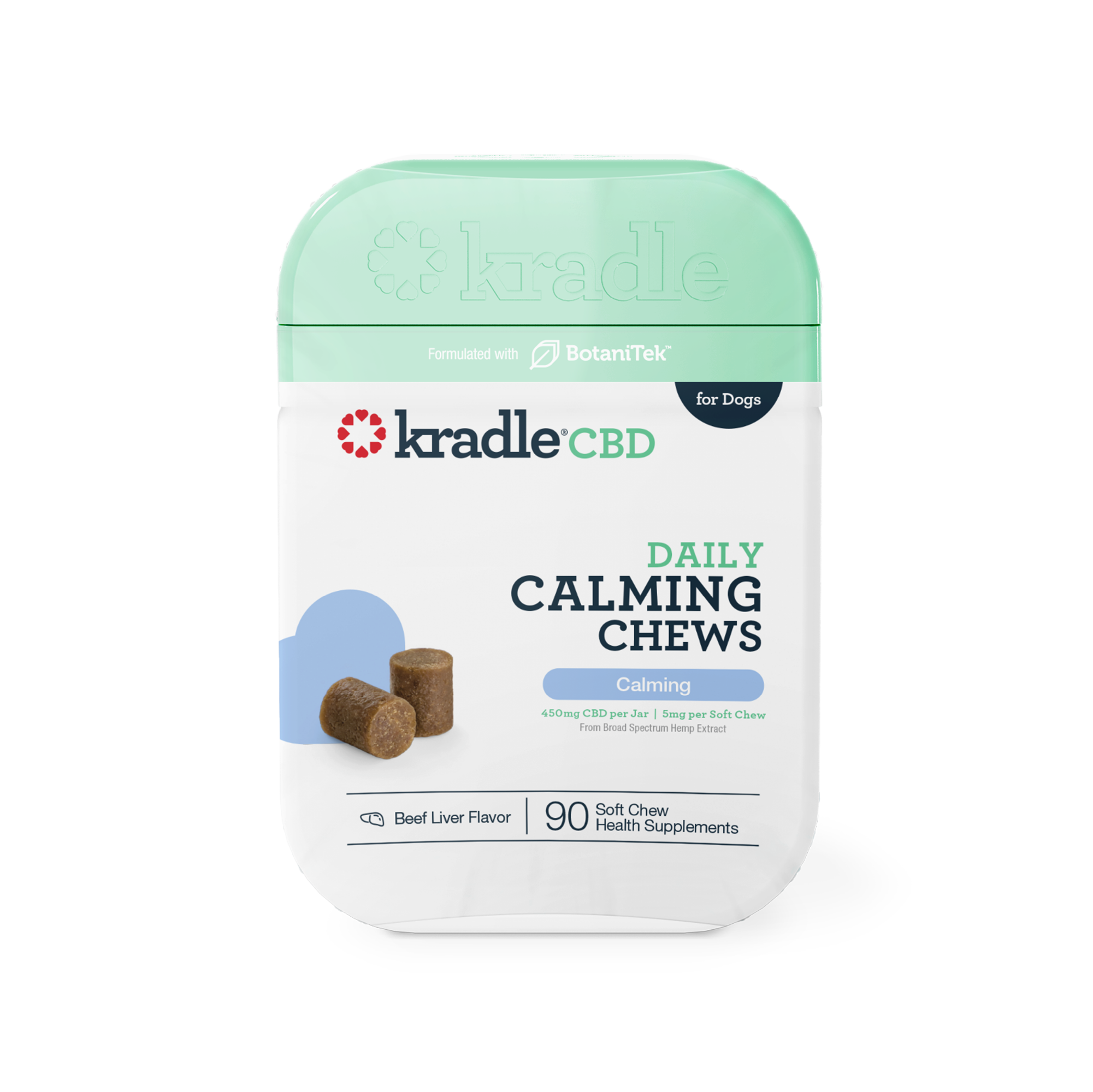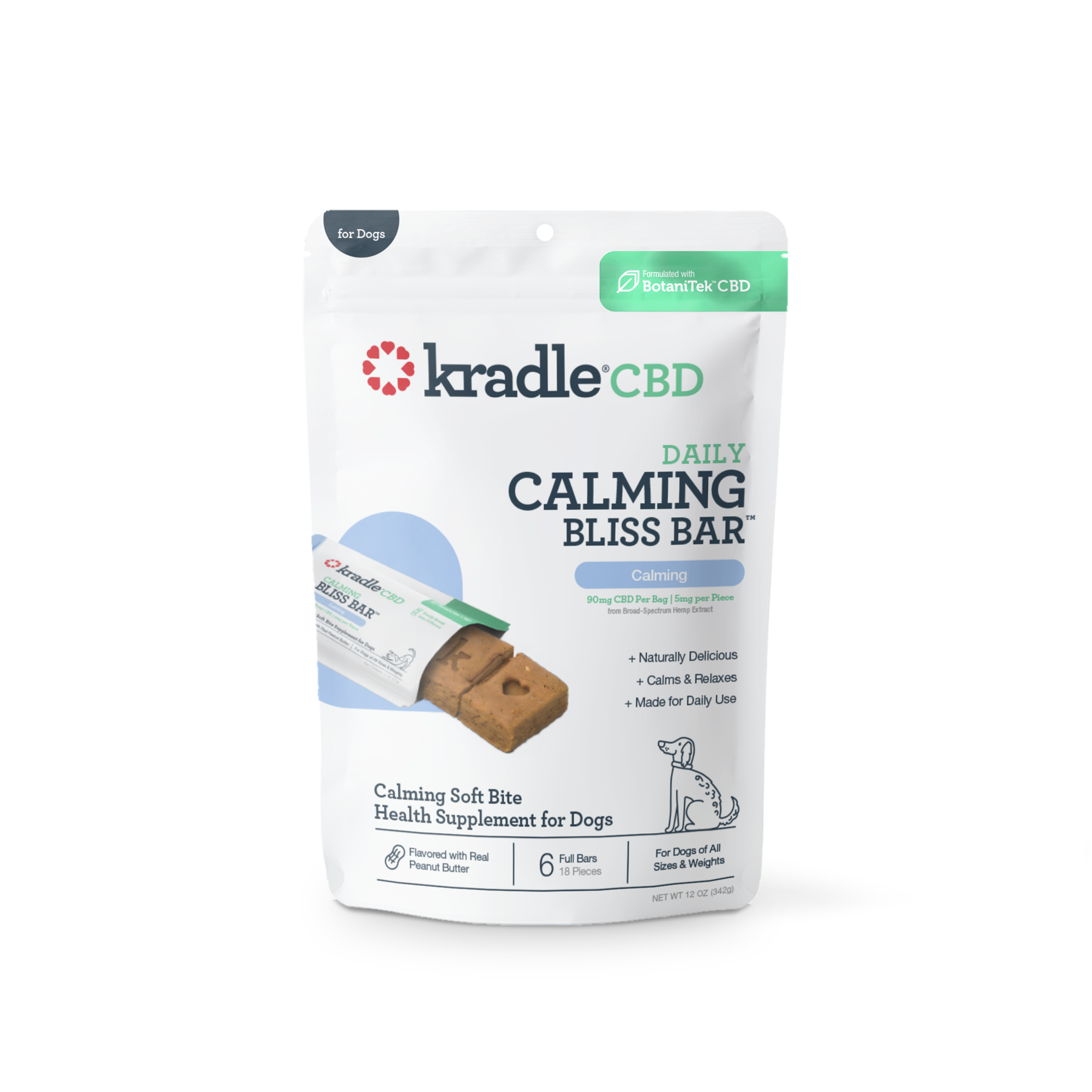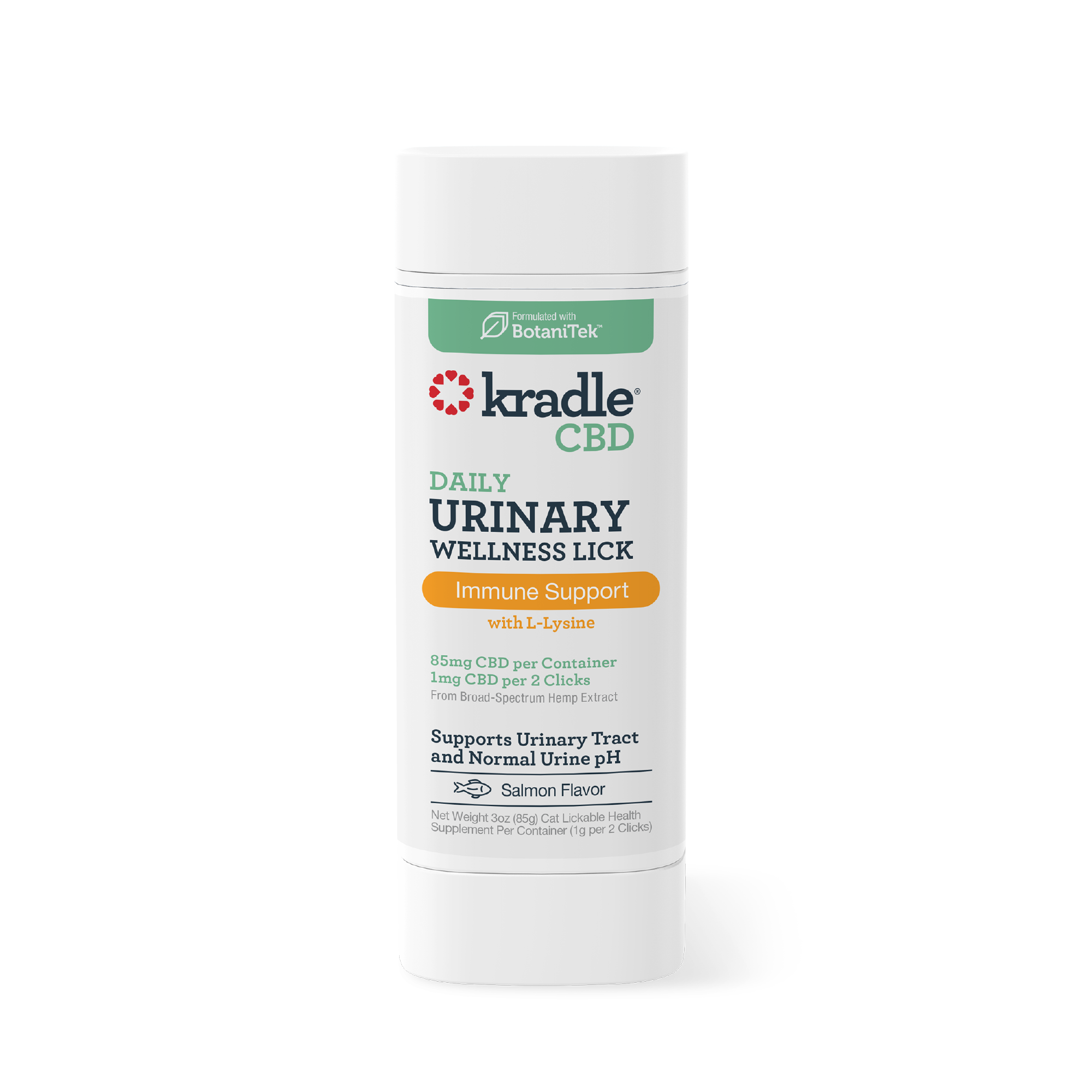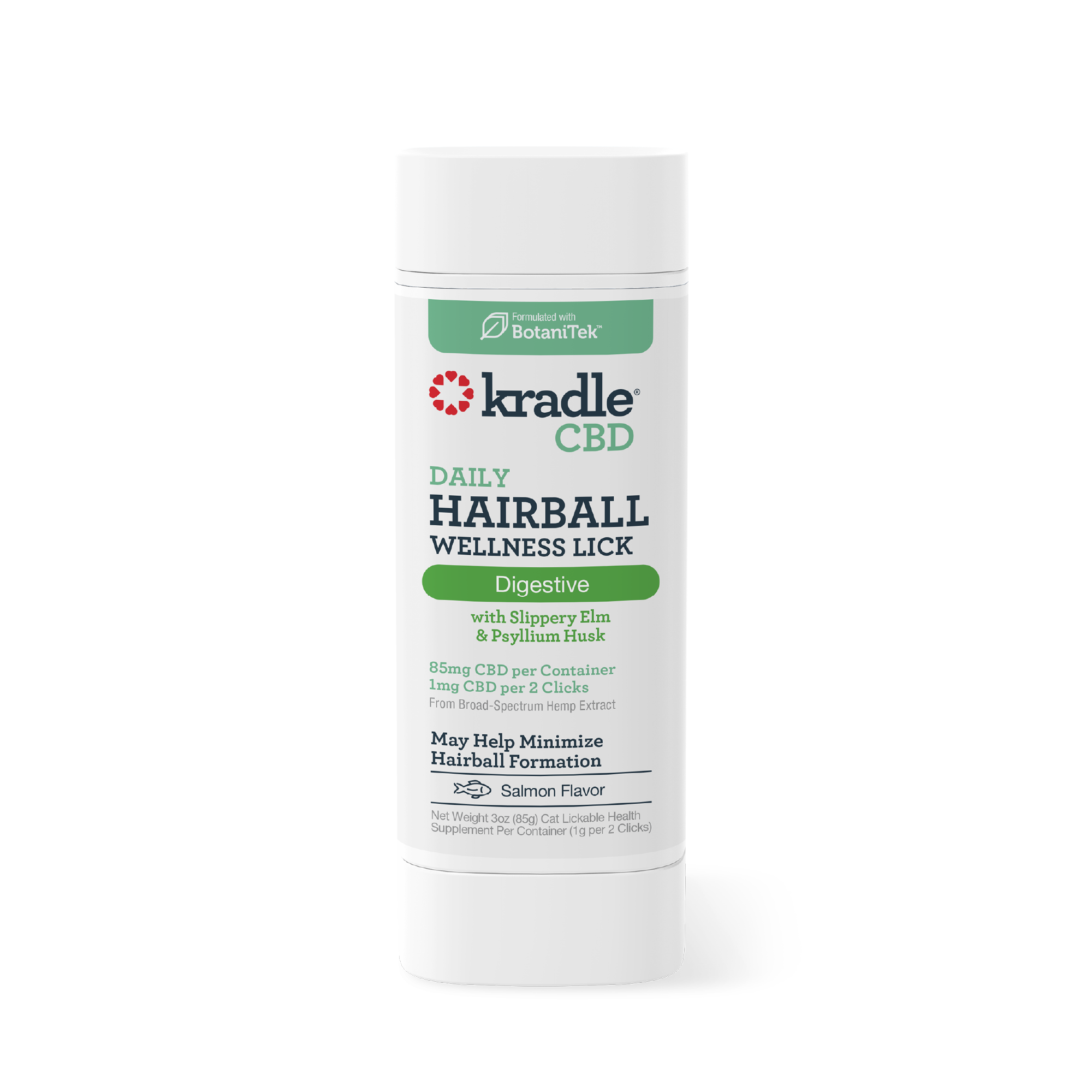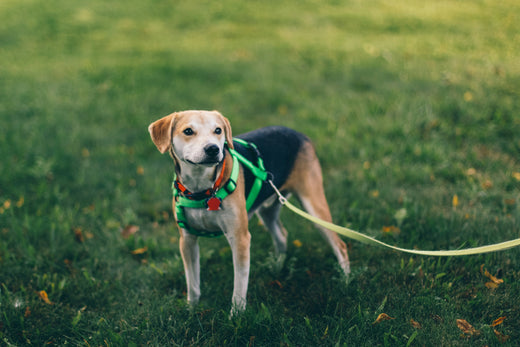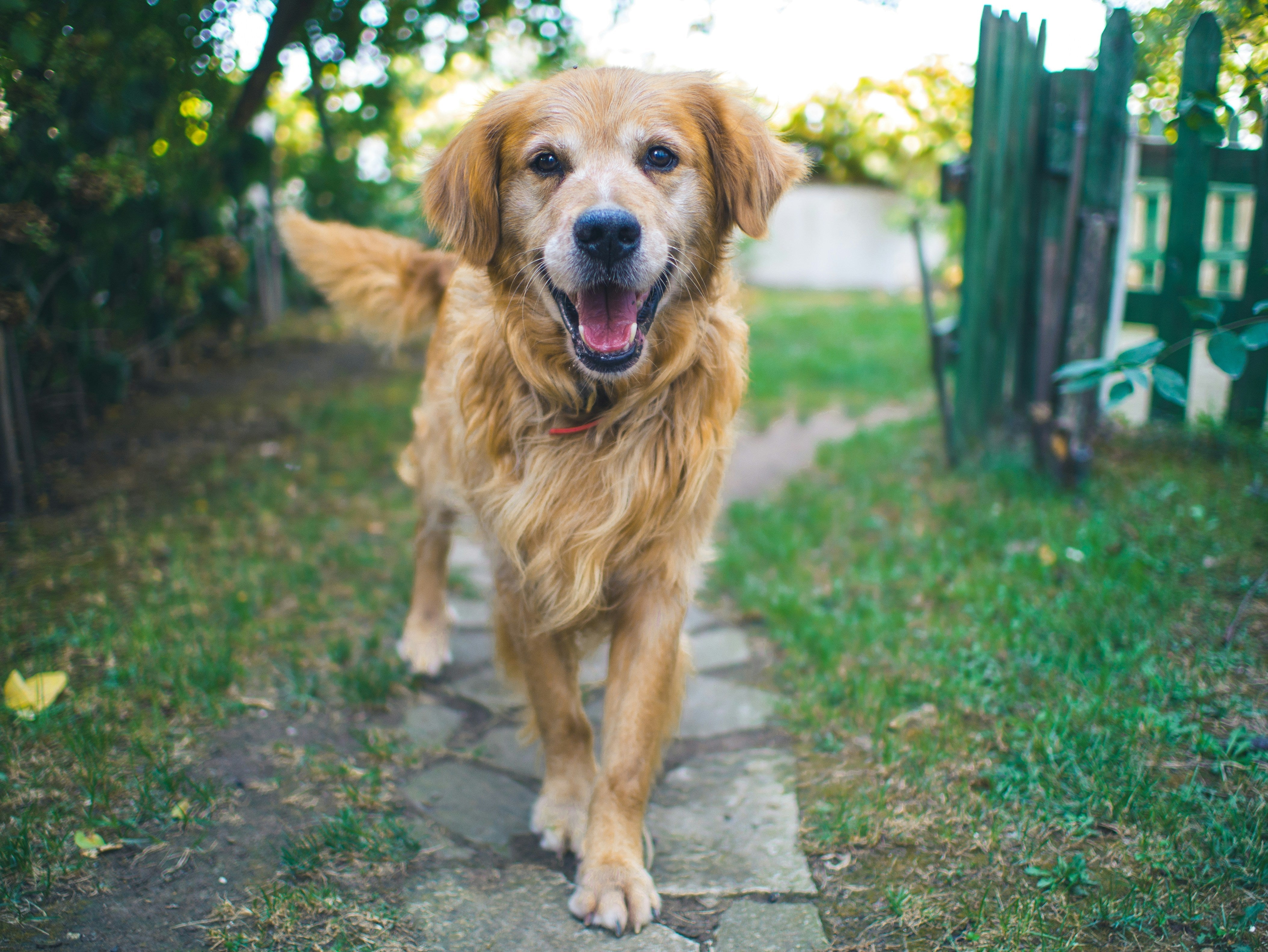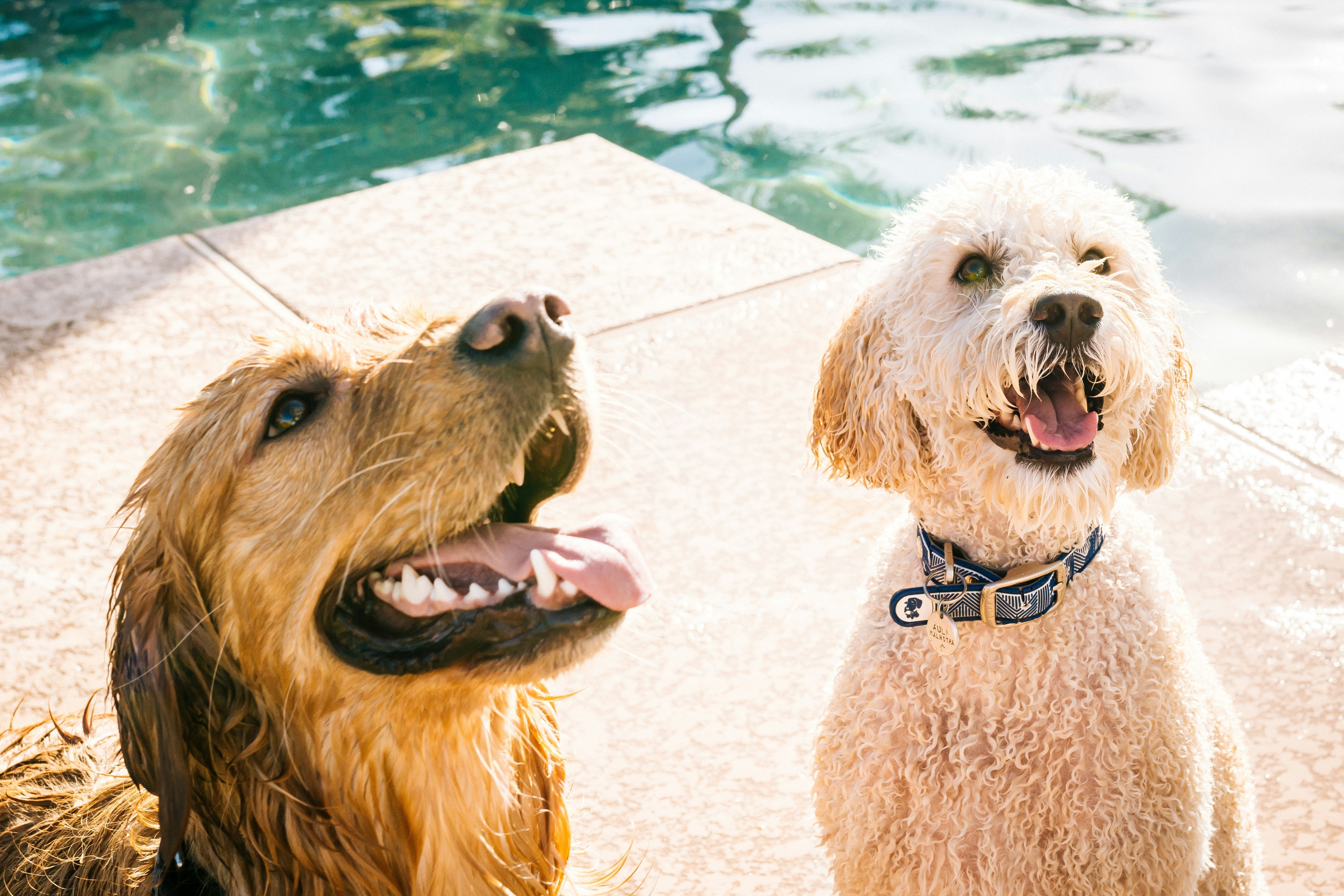
Water Safety Tips Every Dog Owner Should Know
A picture-perfect outdoor area, plus you and your dog, the recipe for a happy day. Dogs love enjoying fun in the sun with their moms and dads and adding water to the mix can make things even more enjoyable. For a dog, swimming can be a great activity if you take safety precautions. In this guide, we'll explore how to teach a dog to swim and provide safety tips that apply to different places for dogs to swim plus answers to common questions like "Can any dog swim?"
Can All Dogs Swim?
Many people mistakenly believe that all dogs are natural swimmers, but this isn't the case. The truth is that some dogs take to water more naturally than others. Dogs with low body fat, such as Dobermans and Boxers, may struggle to swim. While some breeds will be able to splash into the water and swim right away. Some of these swimming dog breeds include:
- American water spaniel
- Barbet
- Boykin spaniel
- Chesapeake Bay retriever
- Curly-coated retriever
- English setter
- Flat-coated retriever
- Irish water spaniel
- Labrador retriever
- Lagotto Romagnolo
- Newfoundland
- Nova Scotia duck-tolling retriever
- Otterhound
- Portuguese water dog
- Spanish water dog
- Standard poodle
Starting swimming safely
Before introducing any dog to swimming, it's a good idea to take a dog CPR safety course to be ready to respond in case of an emergency. Having your pet wear a dog swim vest may also be beneficial during those first swims. Water shoes can also be helpful, as they can protect a dog's feet from sharp rocks, debris and other dangers in and out of the water. With both types of safety gear, a proper fit is important. Measuring your dog and referring to brands' official sizing charts can help you choose the right size for your pet.
Possible Anxiety Around Water
If your dog is new to swimming, be prepared for the possibility of anxiety. In some cases, swimming anxiety may be due to a previously traumatic experience. For example, dogs that had altercations with other dogs at dog parks while swimming may associate swimming with fear or aggression. Swimming anxiety may also occur simply because the experience is new and unfamiliar.
Whatever the cause, you can help to ease swimming-related anxiety by introducing swimming slowly. Start by allowing your dog to sniff puddles. Then, place some favorite toys in large buckets or tubs of water and let them retrieve them. Next, you can go to a small plastic swimming pool for a dog.
Once they feel comfortable splashing around, you can consider swimming in a larger pool or a body of water. If your pooch still struggles, consider getting them some dog swimming lessons to hone their skills and build their confidence.
Remember that some dogs may take longer to learn to swim than others. Be patient and continue providing opportunities for your dog to get comfortable with water.
Tips for Different Water Environments
Different water environments can pose unique safety risks. Read on to learn how to put safety first wherever you're swimming.
Pools
Many pet owners wonder, "Can dogs swim in chlorine pools?" The answer is, "Yes!" Following these tips can help make a dip in a chlorine pool a safe success:
- Don't allow your pet to drink pool water, as the chlorine could make them sick.
- Fence in your backyard pool and keep the cover secure to limit access to designated swimming times.
- Store pool chemicals in a safe place, out of reach of your dog.
- Check the water temperature before letting your dog swim, as most breeds can't handle very cold water.
- First, teach your dog how to get in and out of the pool. Consider installing a floating ramp or a dog-friendly ladder to make exiting easier.
- Be careful with all pool toys. Don't allow your dog to chew inflatables, pool noodles and other water toys.
- Rinse off your dog when they exit the pool.
Rivers and Lakes
As with pools, the answer to the question, "Can dogs swim in freshwater?" is "yes," but you'll need to follow some safety precautions to protect your pet. Here are some river and lake safety tips:
- Have your dog wear a life jacket when swimming in deep lakes and rivers.
- Avoid freshwater bodies that have a blue-green color.
- Don't allow your dog to drink water in a river, lake or pond.
- Check the strength of the current before allowing your dog to swim in a river.
- Keep fishing gear, such as hooks, bobbers and bait, away from your dog, and don't swim in areas where people are currently fishing.
- Learn how to recognize and avoid rip currents in lakes and rivers.
- Rinse off your dog after swimming.
Oceans
Swimming at the beach can be tons of fun. Follow these tips to set your dog up for a safe day at the shore:
- Pay attention to signage, avoiding areas labeled as unsafe for swimming.
- Learn how to recognize and avoid rip currents.
- Don't allow your dog to drink saltwater, as it can make them sick.
- Keep your dog away from washed-up fish.
- Obey leash rules at all times. You can usually find leash rules on the official websites for beaches if they're not posted on signs.
- Rinse off your dog after swimming.
Prioritizing Your Dog's Safety with Kradle
Whether you're swimming in your backyard pool or heading to a lake or ocean for a day of fun in the sun, prioritizing safety can help ensure that everyone has a splashing good time. Keep the tips above in mind to protect your pooch while swimming, and remember to follow your dog's lead and be patient as they learn to swim. If your dog experiences water-related anxiety, Kradle CBD and Natural Calming products may help them maintain a normal and relaxed disposition. Shop our full line of products now and check out our Calming Dog Blog to learn more about managing anxiety in dogs.

